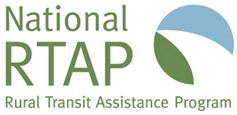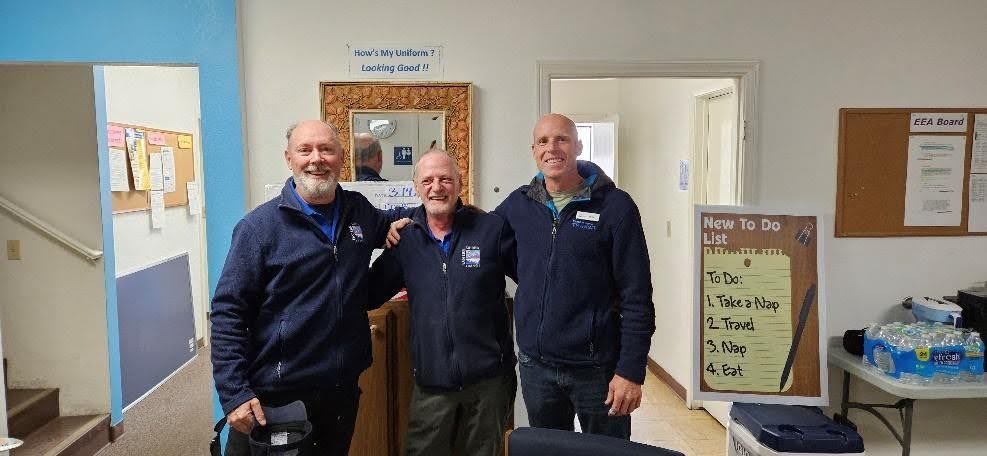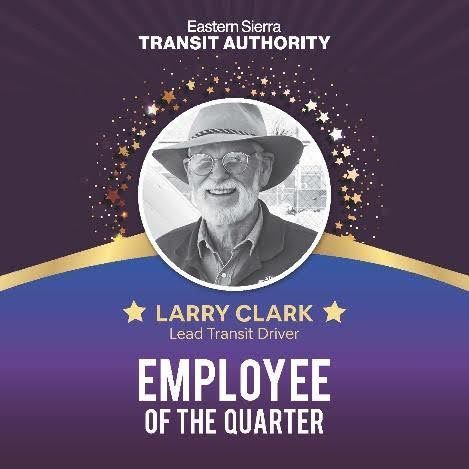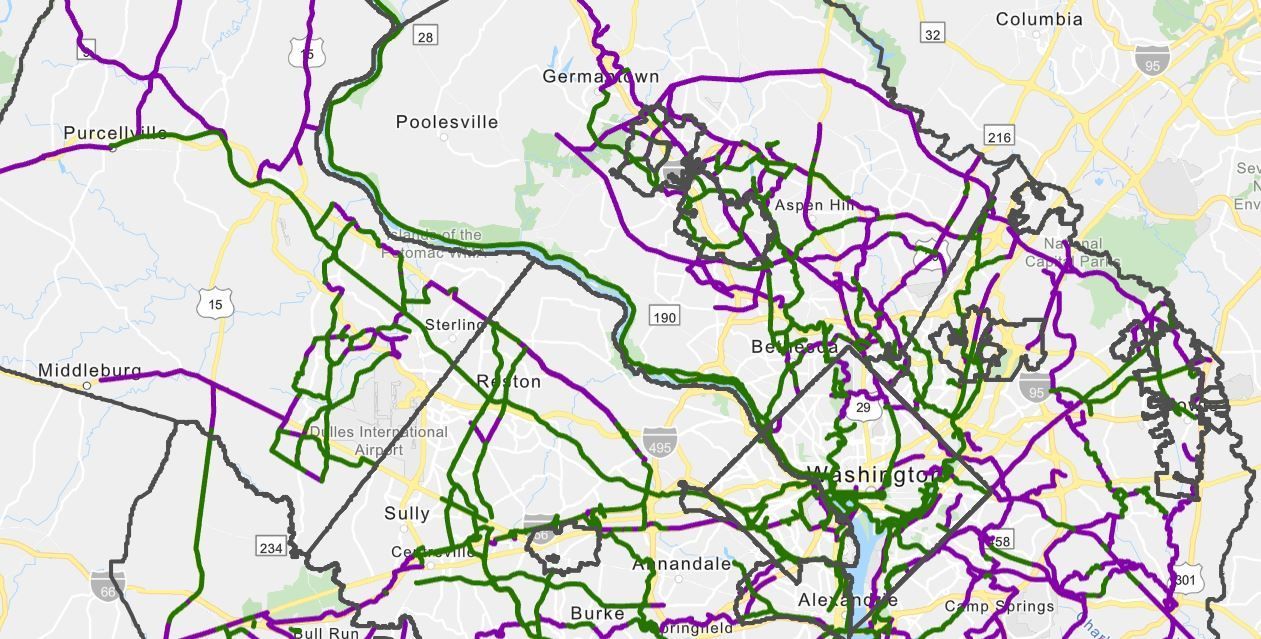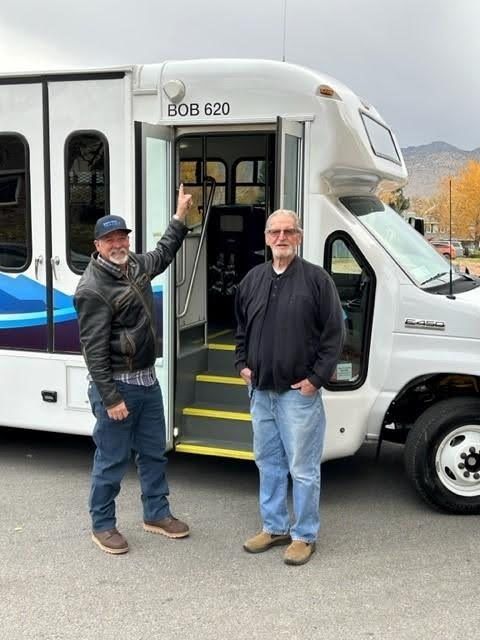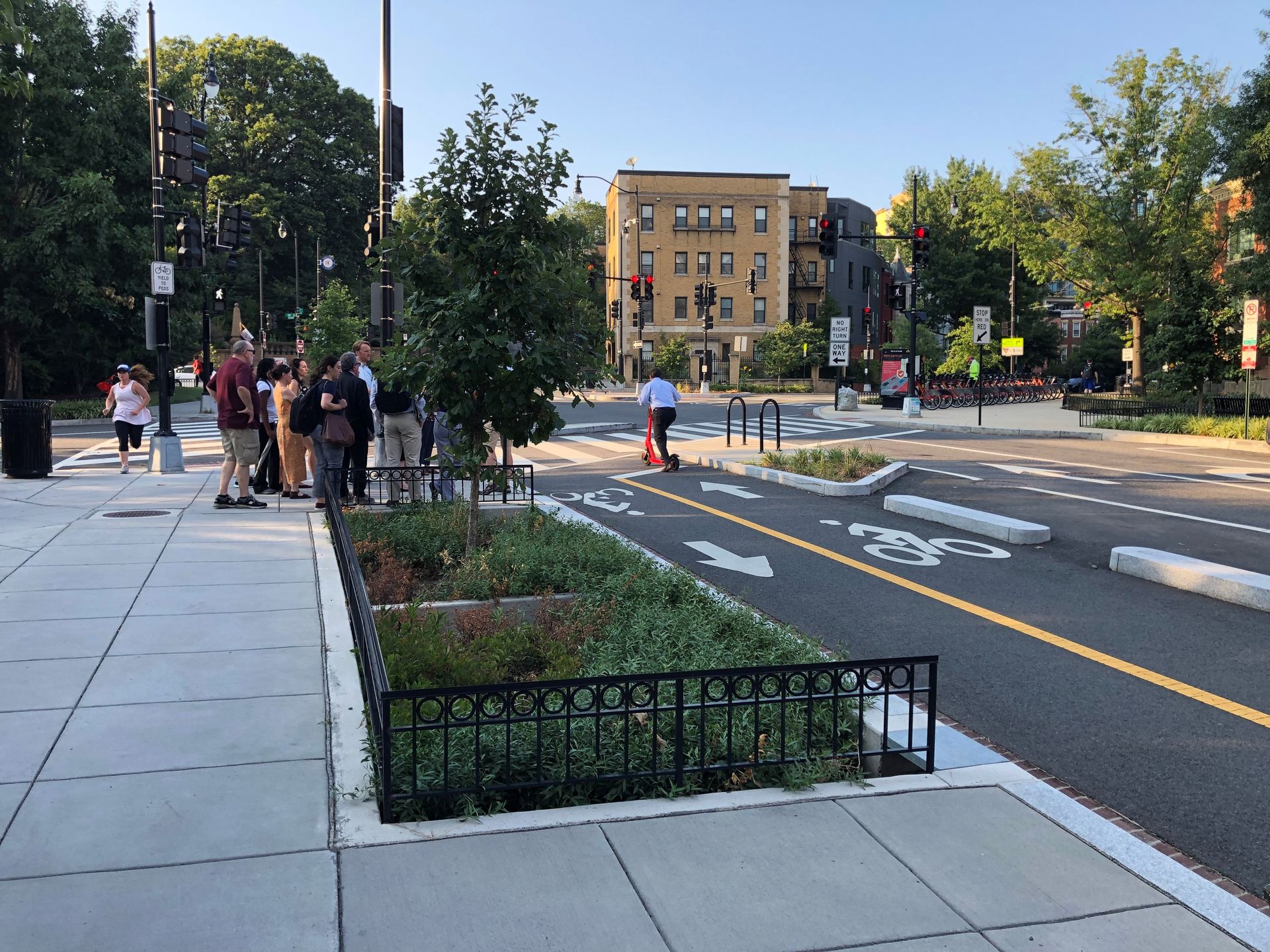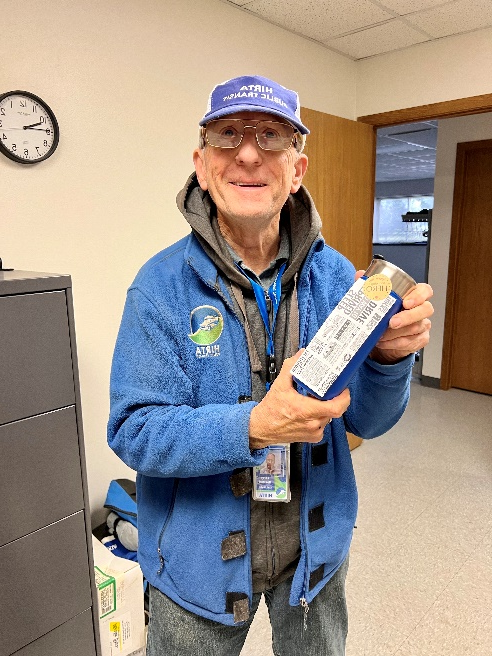Driver Retention
It has been getting more and more difficult to recruit and retain rural and tribal transit drivers. The American Public Transportation Association (APTA) published a report on the
Transit Workforce Shortage: Root Causes, Potential Solutions, and the Road Ahead in 2022. APTA’s survey of 112 transit agencies found that 64% were having difficulty with employee retention. 96% of the agencies surveyed reported that they were experiencing a workforce shortage and 55% said that they have seen a rise in departures occurring after the end of the probationary period but within two years of beginning work. The Bureau of Labor Statistics (BLS) released a report on
Employee Tenure in 2022 which reported that the median number of years that workers had been with their current employer was 4.1 years in 2022, but for the transportation and material moving sector, the average number of years was 3.1 years in 2022, down from 4.3 years in 2012.
To retain quality employees, transit agencies need to offer competitive pay and benefits. While that may seem a tall order, factor in the cost of recruiting and training employees who frequently turn over because of what they feel are insufficient pay and benefits. National RTAP publishes a biennial
Salary Ranges for Transit Jobs Survey, which agencies can use as a benchmark.
National surveys show that employees rank health benefits as the number one benefit. According to the Society for Human Resource Management's (SHRM) 2024
Employee Benefits Survey, healthcare, retirement savings, leave benefits, and flexible work schedules were ranked as the top employee benefits.
This National RTAP Best Practices Spotlight Article will provide practical and easy-to-implement strategies from transit leaders that agencies can use to create a workplace that drivers will want to remain in and thrive in.
Eastern Sierra Transit Authority (ESTA)
The Eastern Sierra Transit Authority (ESTA) was established in 2006 as a Joint Powers Authority between the Counties of Inyo and Mono, the City of Bishop, and the Town of Mammoth Lakes, California. Before ESTA was established, its predecessor was Inyo Mono Transit (named after the two counties). ESTA offers various bus services, including routes to tourist attractions, fixed routes, local in-town on-demand services, multiple town-to-town services, and interregional service extending from Reno, Nevada to Lancaster, California, with connections to the Los Angeles area. About 50% of ESTA drivers have been with the agency for over five years, and one driver, Carla Whisler, started with Inyo Mono Transit before it became ESTA and just celebrated her 25th anniversary with the agency.
Phil Moores, Executive Director, and Dawn Vidal, Administrative Manager, believe in being fair, flexible, current, and respectful. They and other ESTA leadership have an open-door policy and foster a culture of acceptance. If they find out that an employee has said something inappropriate about another person’s background, they take time to educate the person who used the hurtful words. Dawn explains, “We want underrepresented people at Eastern Sierra Transit Authority. We are supremely inclusive and proud of it.”
National Capital Trail Network
The greater Washington, DC region is renowned for the quality and extent of its shared-use paths and several notable long-distance bicycle routes that pass through the region. Michael J. Farrell, Senior Transportation Planner for the Metropolitan Washington Council of Governments (MWCOG) in Washington, DC, spearheads a unique shared-use path project that spans across Washington, DC, Maryland, and Virginia.
National Capital Trail Network
National Capital Trail Network
The greater Washington, DC region is renowned for the quality and extent of its shared-use paths and several notable long-distance bicycle routes that pass through the region. Michael J. Farrell, Senior Transportation Planner for the Metropolitan Washington Council of Governments (MWCOG) in Washington, DC, spearheads a unique shared-use path project that spans across Washington, DC, Maryland, and Virginia. The groundwork for the Bicycle and Pedestrian Plan for the National Capital Region began about twenty years ago through the work of the National Capital Region Transportation Planning Board (TPB).
The groundwork for the Bicycle and Pedestrian Plan for the National Capital Region began about twenty years ago through the work of the National Capital Region Transportation Planning Board (TPB). The Bicycle and Pedestrian Subcommittee of the TPB Technical Committee advises the TPB and its Technical Committee and other committees on bicycle and pedestrian considerations in overall regional transportation planning. It meets six times per year and each agency involved sends their bicycle and pedestrian planners. While the TPB is collaborative, the project works so well because the various agencies involved have different needs and roles and can customize their plans based on those; for example, setting speed limits for their area’s shared-use paths. Each jurisdiction has different challenges, and each can plan at its own speed.
TPB members include large agencies like the National Park Service (NPS) and the Washington Metropolitan Area Transit Authority (WMATA), as well as small, rural transit agencies in the region. The TPB convenes an annual shared micromobility workshop for all its members and administers working groups where agency representatives report on their progress and share best practices. TPB also provides technical assistance to its agencies and provides grant funding. If agencies want funding, they must produce and report on projects such as shared-use paths or long-distance trails. Since the TPB started planning, the region has built a network of approximately 800 miles of shared-use paths consisting of paved or packed crushed stone surface that are suitable for pedestrians, road bikes, e-bikes, and e-scooters. Walking and bicycling account for 11% of all trips in the region. 92% of bike/walk commuters reported being satisfied with their commutes, the highest of any commuter mode, according to a recent survey.
TPB members include large agencies like the National Park Service (NPS) and the Washington Metropolitan Area Transit Authority (WMATA), as well as small, rural transit agencies in the region. The TPB convenes an annual shared micromobility workshop for all its members and administers working groups where agency representatives report on their progress and share best practices.
TPB also provides technical assistance to its agencies and provides grant funding. If agencies want funding, they must produce and report on projects such as shared-use paths or long-distance trails. Since the TPB started planning, the region has built a network of approximately 800 miles of shared-use paths consisting of paved or packed crushed stone surface that are suitable for pedestrians, road bikes, e-bikes, and e-scooters. Walking and bicycling account for 11% of all trips in the region. 92% of bike/walk commuters reported being satisfied with their commutes, the highest of any commuter mode, according to a recent survey. The regional bike sharing program, Capital Bikeshare, includes about 5,000 bicycles at over 600 stations in seven jurisdictions. The project hopes to have over 1,700 miles of shared-use paths by the year 2045.
The agency belongs to an employee association, so contracts are negotiated. The pay rate is competitive, and drivers receive generous increases. Benefits are 50% of total compensation. If drivers take time off in the slow season rather than during peak times, they receive a 10% paid-time-off rebate. All drivers receive an annual 8-10 hour comprehensive, hands-on, paid, on-site transit training. When drivers retire, they receive $100 for every year of service at ESTA. “We are here to build careers, not jobs,” states Dawn.
ESTA holds cookouts and barbecues several times a year. Since their buses run on all holidays (including Thanksgiving and Christmas), drivers who work those shifts are given special meals, such as turkey, ham, or prime rib. Family members of drivers get to ride fare-free all year round on the buses.
Phil makes sure that every driver receives individual attention. He knows they feel so appreciated when they come to his office to talk for a while. He handwrites all their holiday cards (with individual messages too – and they
do notice) and sends each driver a birthday card in the mail. One driver wrote back, “Please let everyone know that the card meant the world to me.”
“It’s all about the quality of work life,” explains Phil, “When drivers come here, they feel valued and appreciated.”
Redding Area Bus Authority (RABA)
HIRTA Public Transit
In 1981, the Heart of Iowa Regional Transit Agency (HIRTA) was formed under an agreement with the seven counties in central Iowa. Today, HIRTA makes approximately 110,000 annual passenger trips and has a fleet of 72 vehicles. HIRTA currently employs 54 drivers, over 87% have been with the agency for 2-10 years, and 87% of new hires stay at least one year.
HIRTA’s best practices for driver retention include hiring drivers who are in this job for “more than just a paycheck.” HIRTA offers drivers flexible work schedules, whether they are full or part-time. They increased the number of full-time positions, as most younger drivers are looking for benefits, such as health insurance and paid time off. Many older drivers, most of whom are retired, are looking more to give back to their community on a part-time basis and may not be as interested in benefits. Hiring young people allows them to grow with an agency, therefore improving driver retention. Some drivers started out part-time and were promoted to full-time and have stayed with HIRTA for 10 years. Other drivers who wanted to retire went from full-time to part-time for their last 6 months to a year, rather than just leaving. So, it really is a success story!
With the mental well-being of its employees being a priority of leadership, HIRTA offers a robust Employee Assistance Program (EAP), which allows employees and their families access to a multitude of services such as counseling, life coaching, financial and legal consultation, child/eldercare resources, identity theft restoration, drug and alcohol counseling, and more. If a HIRTA manager or staff person is having a work issue with someone, they can get help to mediate the situation, which can be the difference between the employee staying or quitting.
Big Woods Transit
Big Woods Transit (BWT) is a small Tribal system operated by the Bois Forte Band of Chippewa (also referred to as Ojibwe) in Northern Minnesota. Like many other transit systems, BWT had difficulties hiring and retaining vehicle operators resulting in its transit managers filling in as drivers. BWT was able to hire part-time workers from other Tribal government departments. CDL training was not required as most of their vehicles are smaller. Some of the new drivers were hired on regular schedules and some were on call.
Additional Driver Retention Best Practices
National RTAP participated in stakeholder research for Transit Cooperative Research Program’s (TCRP)
Bus Operator Workforce Management: Practitioner’s Guide and several rural transit agencies were selected as case studies for the report. Following are excerpts from the case studies:
- Fairmont-Marion County Transit Agency (FMCTA) in West Virginia arranges a dinner around Thanksgiving where driver holiday bonuses are awarded. FMCT also provides apartments at rent only covering utilities to drivers who need them.
- River Cities Public Transit (RCPT) in South Dakota holds an annual Christmas party with prizes and cash giveaways, as well as a summertime family picnic with trapshooting and activities for children. The agency provides a lot of safety training, including its own Bus Roadeo. RCPT also writes and sends letters about outstanding drivers to be officially recognized by the Dakota Transit Association.
National RTAP held a
Transit Manager’s Peer Roundtable in 2022 that focused on driver retention. For regional transit agencies, a recommendation was having drivers float throughout a region, versus only hiring people to work in specific counties. The
Keeping Drivers on Board section of the National RTAP Transit Manager’s Toolkit provides many additional suggestions.
Additional tips for driver retention include:
- Salary and benefits
- Cost of living and longevity salary increases
- Employee incentive programs and bonuses
- Referral bonuses to bring new drivers to the agency
- Union representation
- Split shifts or pay differentials for less desirable driver shifts
- Job sharing and job rotations
- Generous vacation time
- Floating holidays
- Workplace wellness programs
- Training and career advancement
- Advancement and career paths within the agency
- Ongoing onsite and offsite training opportunities
- Mentoring programs
- Employer-paid driver certifications
- College tuition reimbursement
- Management approaches
- Town-hall meetings
- Manager check-ins in between annual reviews
- Replacing worn equipment and office furnishings
- A grievance policy and process
- New technology to make drivers’ jobs easier
- Make it fun!
- Pizza or ice cream get-togethers (or other fun onsite or offsite events)
- Team building activities and friendly competitions, encouraging a positive work culture and the ability for staff to form bonds
- Bring your child to work day (or any day visits)
- Casual dress (can be a day or anytime)
- Employee clubs (Toastmasters, book discussion group)
Acknowledgements
National RTAP appreciates the contributions to and review of this article by John Andoh, Transit General Manager, Redding Area Bus Authority. We also thank the following individuals for their case studies: Phil Moores, Executive Director, and Dawn Vidal, Administrative Manager, Eastern Sierra Transit Authority (ESTA), and Julia Castillo, Executive Director, HIRTA Public Transit.
Further Information
American Public Transportation Association (APTA).
Transit Workforce Shortage: Root Causes, Potential Solutions, and the Road Ahead, 2022.
Bureau of Labor Statistics (BLS).
Employee Tenure in 2022.
National Academies of Sciences, Engineering, and Medicine.
Bus Operator Workforce Management: Practitioner’s Guide. Washington, DC: The National Academies Press, 2023.
National Academies of Sciences, Engineering, and Medicine.
Guidebook for Recruiting, Developing, and Retaining Transit Managers for Fixed-Route Bus and Paratransit Systems. Washington, DC: The National Academies Press, 2010.
National Academies of Sciences, Engineering, and Medicine.
Vehicle Operator Recruitment, Retention, and Performance in ADA Complementary Paratransit Operations, 2010. Washington, DC: The National Academies Press.
National RTAP.
Applying Good Business Practices: Hiring, Training and Evaluating Employees. 2023.
National RTAP.
Keeping Drivers on Board section of the Transit Manager’s Toolkit, 2024.
National RTAP.
Salary Ranges for Transit Jobs, 2023.
National RTAP.
Transit Manager Peer Roundtable Summary. September 27, 2022.
Society for Human Resource Management's (SHRM).
2024 Employee Benefits Survey.
This document was prepared by National RTAP with the financial assistance of the U.S. Department of Transportation. The contents do not necessarily represent the opinions or policy of any agency of the U.S. Government, and the U.S. Government assumes no liability for the contents or use thereof. It does not have the force and effect of law and is not meant to bind the public in any way.
October 8, 2024
